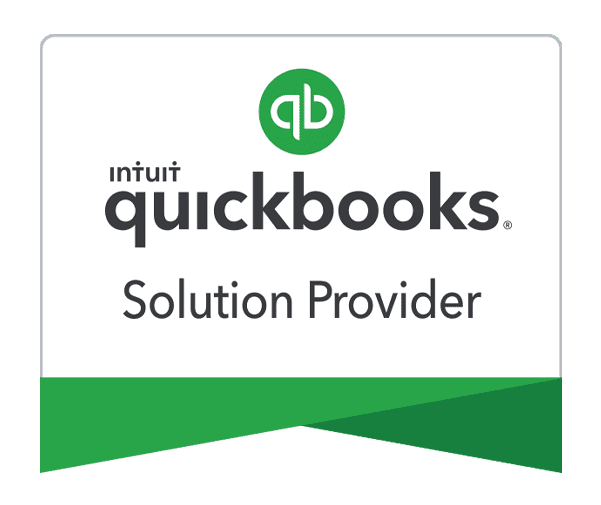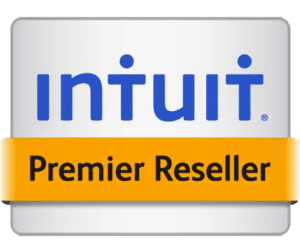Just register for the free trial below and we will send you everything you need to evaluate QuickBooks Online including 30-day access, the full 76-page QuickBooks Online Guide (details everything that you can do in the software) plus the video training library. Free end-to-end consultation and support are included so if you need any help along the way, just let us know!

Paygration, Inc.
Tracking what customers owe you in QuickBooks Online is essential for effective accounts receivable management. It facilitates timely customer payment collection, enables accurate financial reporting, aids in efficient reconciliation, and enhances customer relationships. By leveraging the tools and features in QuickBooks Online, you can maintain healthy accounts receivable and drive the financial success of your business.
In this article, we’ll discuss how you can track customer balances and outstanding invoices in QuickBooks Online.
View Customer Balances
Navigate to the Customer Center by clicking on the Sales tab on the left menu bar and then selecting the Customers dropdown. The Customer Center shows a list of all your customers and accounts receivable information, such as open invoices, received payments, paid invoices, and more.
Customer Center in QuickBooks Online
If you would like to try the full version of QuickBooks Online Advanced, click here to get a free 30-day no-commitment trial plus access to the full video training library.
To view the balances of a specific customer in the Customer Center, click on the customer’s name or anywhere on the grayed entry line. This will show up the customer profile, which includes tabs for transaction lists, projects, customer details, and late fees. You’ll see the total outstanding amount for that specific customer in the upper right corner of the customer profile screen.
Customer profile in QuickBooks Online
Run an Accounts Receivable (A/R) Aging Report
To get a detailed overview of outstanding customer balances, you can run the Accounts Receivable Aging report. Go to the Reports tab in QuickBooks Online, and in the search bar, type “Accounts Receivable Aging Summary” and select the report from the suggestions. Customize the report as needed by selecting the appropriate date range and other options.
The report will show you a breakdown of customer balances by aging categories, such as current, 1-30 days past due, 31-60 days past due, and so on.
Running an A/R Aging Summary report in QuickBooks
The A/R Aging Summary report in QuickBooks Online provides a summarized overview of outstanding customer balances based on the aging of invoices. It categorizes customer balances into different time periods to help you track overdue payments and manage your accounts receivable effectively. Below is a sample A/R aging summary report.
Sample A/R Aging Summary report in QuickBooks
Receive Customer Payments
When a customer makes a payment on an outstanding invoice, navigate to the ‘Receive Payment’ screen by clicking +New in the left menu bar and then selecting Receive payment under the Customer column. Enter the payment details, such as the payment method, date, and amount. In the “Outstanding Transactions” section, check the invoices that the payment applies to. The payment amount will be automatically allocated against your selected invoices.
Receive Payment screen in QuickBooks Online
Generate Customer Statements
To provide a summary of outstanding balances to your customers, you can generate customer statements in QuickBooks Online. From the customer profile, click on the dropdown next to the New transaction button and then select Statement from the dropdown list. Complete the required details and then save the statement.
Customer statement form in QuickBooks Online
Watch the video below for detailed instructions on how to track what customers owe you in QuickBooks Online.
Best Practices for Tracking Accounts Receivable
- Accurate and Timely Invoicing: Generate and send invoices promptly to customers for products or services rendered. Ensure that the invoices are accurate, contain clear payment terms, and include all necessary details such as due dates, item descriptions, quantities, prices, and any applicable taxes.
- Regular Reconciliation: Reconcile your A/R records with customer payments and bank deposits on a regular basis. This ensures that your records align with the actual funds received and helps identify any discrepancies or outstanding items that need attention.
- Aging Reports: Utilize aging reports to track outstanding customer balances. These reports categorize receivables by aging periods (e.g., current, 1-30 days past due, 31-60 days past due, etc.), allowing you to identify delinquent accounts and prioritize collection efforts.
- Clear Payment Terms and Policies: Clearly communicate your payment terms and policies to customers. Make sure they understand when payment is due, acceptable payment methods, and any penalties or late fees for overdue invoices. This helps set expectations and encourages timely payments.
- Payment Tracking and Allocation: Maintain a systematic process for tracking customer payments and allocating them to the appropriate invoices. This ensures accurate record-keeping and prevents misapplication of payments. Utilize software features that automate payment matching and allocation to streamline the process.
- Cash Flow Forecasting: Regularly analyze your A/R data to forecast cash flow and anticipate any potential shortfalls or surpluses. This allows you to make informed decisions regarding budgeting, expenses, and financial planning.
- Financial Reporting: Leverage reporting features in your accounting software to generate A/R reports and analyze trends. This can provide insights into customer payment patterns, identify areas for improvement, and support decision-making for credit policies or collection strategies.
By using the A/R management tools available in QuickBooks Online, you can effectively track what customers owe you, stay on top of outstanding invoices, and manage your accounts receivable with ease. This enables you to maintain accurate financial records and take appropriate actions to ensure timely payment from your customers.
- customer management in QuickBooks Onlinekey features in quickbooks online advancedquickbooks onlinequickbooks online advancedquickbooks online advanced automationquickbooks online advanced custom reportsquickbooks online advanced custom workflowquickbooks online advanced workflowsquickbooks online invoicingtop features of quickbooks online advanced
















